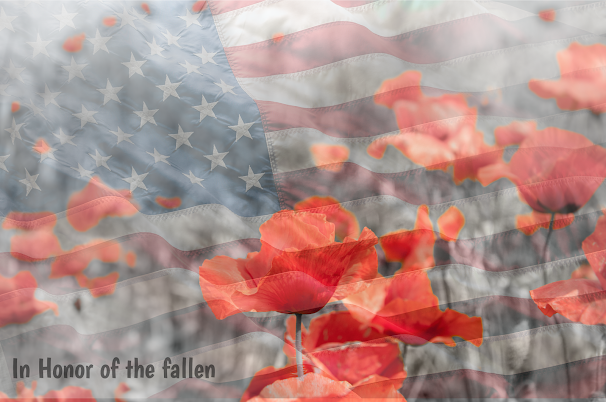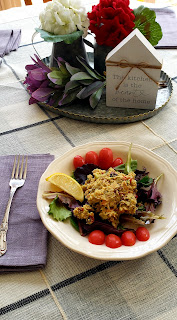The Pursuit of Alignment
The Pursuit of Alignment January 2020
When our lives are in alignment it usually means that the different aspects of our lives are, in-sync, ranging from a perfect storm to balance in Nature, the syzygy of things. In fact, for anything to work well or to its highest capacity, it must be in the most aligned order possible.
In this article, we will take a look at the importance of physical alignment of the dog, and the dog’s best friend, the person. Alignment can be fleeting or short-lived so it is best if we can participate in the pursuit of that ephemeral symmetry while at the same time, nurture it.
Human Alignment: Like most things in life, we're always looking for some kind of balance. It is challenging to find ways of releasing stress, eating well, working out, and being mindful while navigating all the ups and downs of life. And yet, ‘balance' is not necessarily a location, a place, or a fixed point – it is the pursuit of moments in balance. However, when we find that place of balance, indeed, we may be able to return to it, feel it, and enjoy the beauty, symmetry, and lightness of being.
Like most things in life, we're always looking for some kind of balance. It is challenging to find ways of releasing stress, eating well, working out, and being mindful while navigating all the ups and downs of life. And yet, ‘balance' is not necessarily a location, a place, or a fixed point – it is the pursuit of moments in balance. However, when we find that place of balance, indeed, we may be able to return to it, feel it, and enjoy the beauty, symmetry, and lightness of being.
It is not an easy task, this alignment business. There are many factors as to why we have poor posture or become unaligned in our anatomical and skeletal structure. It can simply be that we are unaware of our bodies, genetics, injuries, the work we do, or a combination of these elements. It is best to help the body and therefore actively pursue alignment and a better stacking of all the body parts. The body is actually more efficient when it’s stacked because it puts less strain on the bones, ligaments, muscles, and organs, actually saving energy.
Knowledge is power. By understanding ourselves a bit more about body mechanics, strength, flexibility and imagery we can access better posture and improve the beauty of alignment. In a mindful and more proactive way, try these simple ideas a few times a day and see if you actually feel better aligned.
Tasks, Imagery, and Sentiments (TIS)
1. Breathe fully in your ribcage in all directions like a balloon.
2. Imagine that the top of the head is touching the sky.
3. Relax your seat or buttock muscles.
4. Keep your weight slightly forward, as if you're ready to go.
5. Imagine that you are radiating in all directions.
6. Imagine a belt or loop of energy coming up the front of the body and down the back.
7. Think of someone or something you love.
8. Be mindful to pay attention to the feeling or sensation of all these alignment ideas.
9. Lengthen incrementally taller with every exhalation.
10. Be especially mindful to try all these alignment images with as little tension or bound muscles as possible and feel a purposeful sense of lightness.
Canine Alignment:
 When we talk about proper alignment in humans, we can verbalize, analyze, think through and actually correct it with thought and movement. When we are talking about alignment in our canine friends it is a different story. You cannot have a conversation with your dog about proper alignment and how important it is to the movement of the whole body. We have to allow our dogs to find their alignment and keep the muscles, ligaments, and tendons strong.
When we talk about proper alignment in humans, we can verbalize, analyze, think through and actually correct it with thought and movement. When we are talking about alignment in our canine friends it is a different story. You cannot have a conversation with your dog about proper alignment and how important it is to the movement of the whole body. We have to allow our dogs to find their alignment and keep the muscles, ligaments, and tendons strong.
Our dog's spinal column is a complex structure. It is constructed of bones, muscles, ligaments, and nerves. The spinal column is composed of several overlapping small bones called vertebrae. These vertebrae allow smooth movement and flexibility in the neck, back, and tail. Between the vertebrae are several disks (intervertebral disks), these disks act like shock absorbers to prevent rubbing of the vertebrae against each other.
It is very important to keep the spinal column strong, lubricated and working to capacity. This can help prevent injury and prolong the effects of aging.
When the body is working properly, ligaments, tendons and muscles absorb most of the impact, which results in less stress on the spine itself. When not working properly the body puts more strain on the vertebral joints. Damaging pressure can cause pinched nerves, vertebral degeneration, and compensation by other muscles and joints. Misalignment of the body which can lead to greater injury.
How can we help our dogs have good alignment, and keep the muscles, tendons, and ligaments strong? Proper exercise is a great start! Joint supplements are also helpful in keeping the joints lubricated and healthy, but these should be used in conjunction with daily exercise.
The following 2 simple exercises are a good start to proper Canine Alignment:
- Stand, Sit, Stand
- Stand, Down, Stand
- Achieving proper Alignment:
- Be sure that the head, neck, and muzzle stay parallel to the ground.
- The topline (length of the back) should also stay straight and parallel to the floor.
- Your dog’s front feet should be under the shoulders with equal weight distribution.
- Stifles or knees should be under the hips.
- When using a treat to lure the positions, avoid twisting and turning of the head.
- Be careful not to cause curving of the topline in all positions especially the Down.
- The Down position should be in a sphinx-like style, not settled on one hip.
- Your dog will start in a Standing position with their topline straight, feet under their shoulders, knees under their hips, and muzzle parallel to the ground.
- Keeping the head parallel raise your hand to have your dog Sit. Keep your hand in a position that allows your dog to choose to keep it’s Muzzle parallel to the floor, not lift it high.
- Once the dog is in a Sit position be sure that they are in the proper alignment (reference above section, Achieving proper Alignment)
- To move into the Stand, move your hand forward slowly so your dog will push up from the hind legs. They should NOT be walking their front feet forward. If they are walking forward, gently rest your other hand on their chest to block forward movement (no pressure should be needed). Be sure that in a Stand they are in proper position (reference above section, Achieving proper Alignment)
- Repeat steps 1-4 five times.
Stand, Down, Stand
- Your dog will start in a Standing position with their topline straight, feet under their shoulders, knees under their hips, and muzzle parallel to the ground.
- Move your hand forward and down towards the dog, to encourage backward leaning, this will then transfer into the lowering of the hips and folding of the knees. If your dog keeps it’s hind end raised, gently touch it so that he knows to lower it.
- Once your dog is in a Down, check their position is correct (reference above section, Achieving proper Alignment). You may need to encourage your dog to move his head forward if they are too far back on the hips.
- To move back into the Stand, move your hand forward and up. Your dog's head will come out of alignment as they rise, but will realign once standing. As with the Sit to a Stand, if your dog is walking forward place your other hand in front of the chest to block forward movement (no pressure should be needed). Check this position for alignment (reference above section, Achieving proper Alignment)
- Repeat steps 1-4, five times.
Now is the best time to begin to think about your alignment, your dog's alignment and the loving relationship you have with your dog.
Sabatino Verlezza, MFA, CPI
Suzanne Kalafian, ABA, CDT
6 Hairy Legs, Co-Founders





Comments
Post a Comment